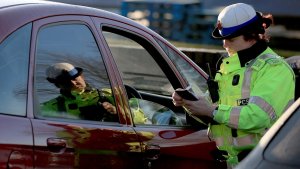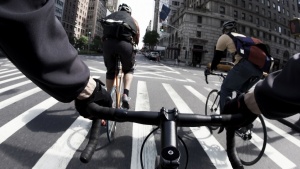I Received A Notice Of Intended Prosecution, What Do I Do?
If you weren't the driver at the time of the offence, you'll need to back it up with evidence.

If you’ve committed driving offence but you weren’t stopped by police at the time, the police will have to send the registered keeper of the vehicle a Notice of Intended Prosecution (NIP) in the post within 14 days. This normally accompanied by a request for the identity of the driver at the time of the alleged offence.
My NIP arrived, so what now?
You will need to identify the driver – yourself or another person – within 28 days of receiving the NIP, as well as to fill the form and sign it. If you don’t respond within 28 days you would be at risk of being prosecuted for failure to furnish information, an offence that often carries sterner penalties than the original speeding offence.
I don’t know who the driver was
If you genuinely don’t know the identity of the driver, to avoid conviction for failing to furnish information you must show that you’ve done everything reasonably within your power to find out who the driver was.
If driving was being shared, can you remember at what point driver and passenger swapped and pinpoint who was driving using a map of the area? It’s at this stage that you need to hire a team like motoringoffencelawyers.com to help you.
The Human Rights Act says I don’t have to comply with the NIP, so can I just refuse to do anything?
The Human Rights Act doesn’t give you the right to withhold information as to the identity of the driver from the police. There were a number of cases in the High Court and European Court of Human Rights which have confirmed this.
The vehicle details on the NIP are wrong – what do I do?
This isn’t game over for the prosecution. If you think the notice provided does not identify your vehicle then you should respond to the requirement for information by stating that you have no knowledge of the vehicle and are therefore unable to identify the driver. You have to respond and show willingness to co-operate, as well as have sound reasons for believing it’s not your vehicle.
Can I request video or photographic evidence?
If you feel you need it, then you can ask the police for this evidence. They don’t have to comply with your request, but many forces will and some will let you see photos or videos online.
I’ve returned the form with the details required; what happens now?
Once you’ve returned the form and identified yourself or the person driving at the time of the offence, the police must tell you what they intend to do. You may be offered a fine and 3 points, you may be offered a speed awareness course or you may be summonsed to court. The police have six months from the date of the offence to issue a charge.
I wasn’t driving, so what happens?
You still have to tell the police who was driving at the time. The point of a request for driver details is to establish the identity of the driver and as the recipient of a s172 request you have to do what you can to assist them. If it wasn’t you, you have to tell the police who it was so they can deal with continue their enquiries.
Thanks for signing up to Minutehack alerts.
Brilliant editorials heading your way soon.
Okay, Thanks!
